 |
| VACANZE 2003 IN ABRUZZO
|
| |
 in Abruzzo
in Abruzzo
La Festa
di San Rocco
|
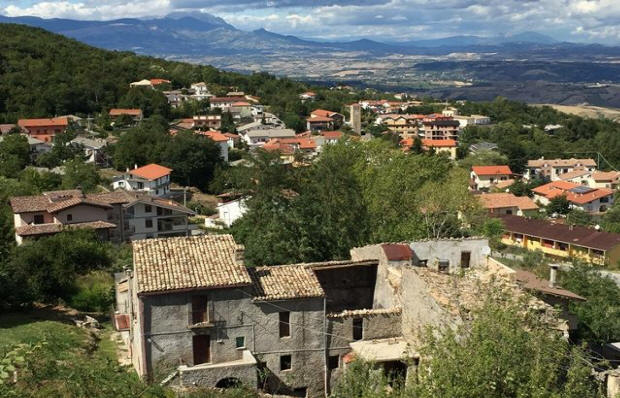
ROCCAMONTEPIANO IN PROVINCIA DI CHIETI
The
origins of Roccamontepiano are to be connected to a
previous and somehow mythical urban nucleus called
Balconia which had several castles belonging to the
kings Pipino and Trattullo.Before the formation of
the urban centre, there existed three fiefs: Sant'Angelo, San
Pietro and Pomaro.Pomaro is the present hamlet
delimited by the Focaro hollow and by the Alento
river; this settlement of Longobard period was ruled
later on by the Benedectines and destroyed
afterwards by the village of Bucchianico, against
which, in ancient times, the inhabitants of Pomaro
felt a deep hate.The fief of Sant'Angelo was
destroyed by the landslide of 1765 and there are no
historical information about.The fief of San Pietro
is attested
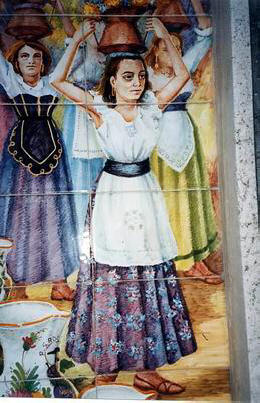
by the presence
of its monastery (today a ruin).Several documents
prove the presence of a fortified nucleus called "La
Rocca" placed as a defence of the oriental side of
Mount Majella and whose principal urban structures -
especially churches and monasteries - appear to be
completely functionning and attested during the 14th
century and belonging to the jurisdiction of
Montecassino.In documents of the 14th century the
village is called "Rocca de Monte Plano" or "Rocce
Montis Plani".Before the big landslide of 1765 the
urban nucleus of the village consisted in a castle,
the Colonna castle, built on a rock above the
village at whose feet the houses, the churches and monasteries,
the nobiliar buildings (Corsignani, Valenza,
Centurone, Corsi…) were closed by the town walls. In
this period Roccamontepiano produced wheat, wine and
olive oil and all its 2000 inhabitants were country
people.
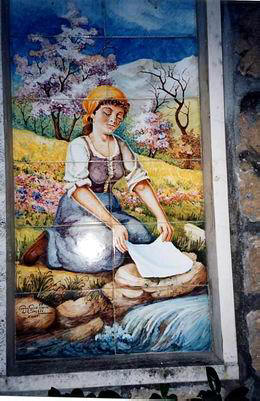
THE LANDSLIDE
T he
landslide which destroyed Roccamontepiano took place
on June 24th 1765. Starting from the Colonna castle
it involved the whole village, sweeping people and
houses away and killing 500 people out of 2000.There
is no certainty about the phenomenon: whether it was
originated all and only because of the heavy rains
fallen down in the days preceeding it, or also by
some earthquake shocks, or else by both of the
phenomena at the same time. Anyway, the destructing
process began with the detachment of a big rock from
Montepiano, while around the castle a big spring of
water gushed out from the ground. Later on, the
castle entire began to slide downwards and broke
only after the impact with the first houses of the
urban centre. During the first months after the
disaster, the first thing to do to feed the
population was to restore the flour-mills, while the
removal of rubber began only in 1840.
|
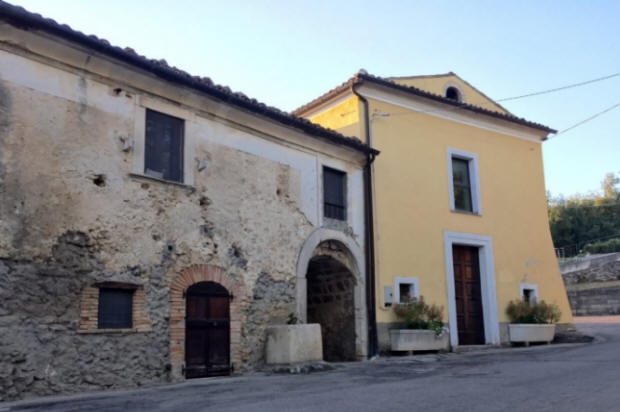
MONUMENTS
CHIESA
DELLA MADONNA DELLE GRAZIE (Our Lady of
Graces)
It is a church of medieval origin which was
probably part of a monastery, as
demonstrated by the buildings and houses
annexed to it.In this one-nave church,
restored after the 2nd World War, there is
an ancient wood statue representing the Holy
Mary and the Infant Jesus which was probably sculptured
around the 13th century.This place is
particularly dear to the people of
Roccamontepiano not only because it was used
as a graveyard until the Napoleonic period
but also because it is here that on June
24th 1765, some of the survivors escaping
the landslide through one of the doors of
the town-walls, found refuge.
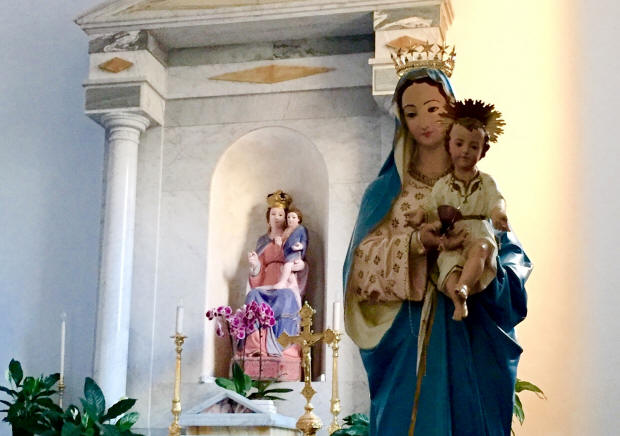
CHURCH OF ST. FRANCESCO CARACCIOLO
Situated in a wild and evocative place, at
the feet of the plateau of Montepiano, a
place called "the sacred rocks of Montepiano",
is the interesting monastic whole of St.
Francesco Caracciolo which witnesses a
glorious religious past, made of heroic
sacrifices and exemplary asceticism. The
caverns of this wild area have been shelter
for hermits and simple penitents. In 1870
the monastery underwent the confiscation of
its properties; anyway there still remain a
few interesting oil paintings dating back to
the 15th and 16th centuries.
MONASTERY OF ST. PETER
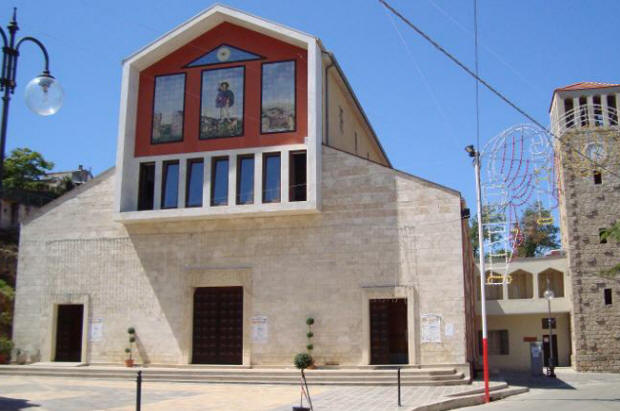
According to the legend, it was St. Peter
Apostle who decided the place and the name
of the monastery. After having appeared to
St. Benedetto - who was in Roccamontepiano
after a period of wandering in this region
- St. Peter told him to build the House of
God on the ruins of the ancient Roman
fortress, the "Vico Romano".This monastery -
which is a ruin today - has an enormous
importance within the history of Arts
because it represents the only example in
Abruzzo of "Monastery-Castle", built with
the typical characteristics of pure Romanic
art and using blocks of local travertine.All
the other monumental churches built in
Abruzzo during the Middle Ages instead, are
not made of travertine but of the grey stone
of Mount Maiella. The pure Romanic method
consists on the repetition of the
architectural features surviving in the
ruins of previous Roman monuments. |
|


 

|
|
|
|

